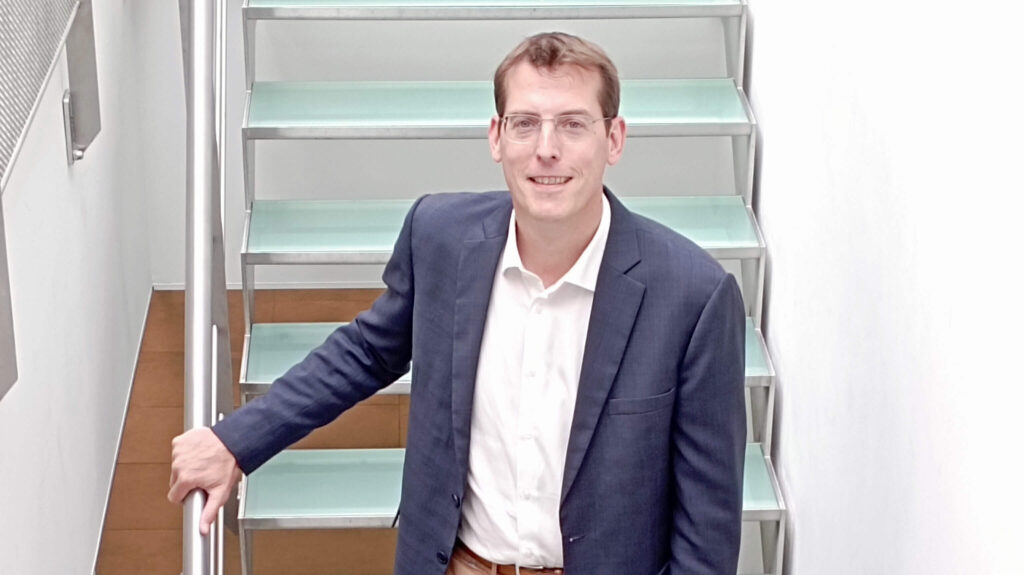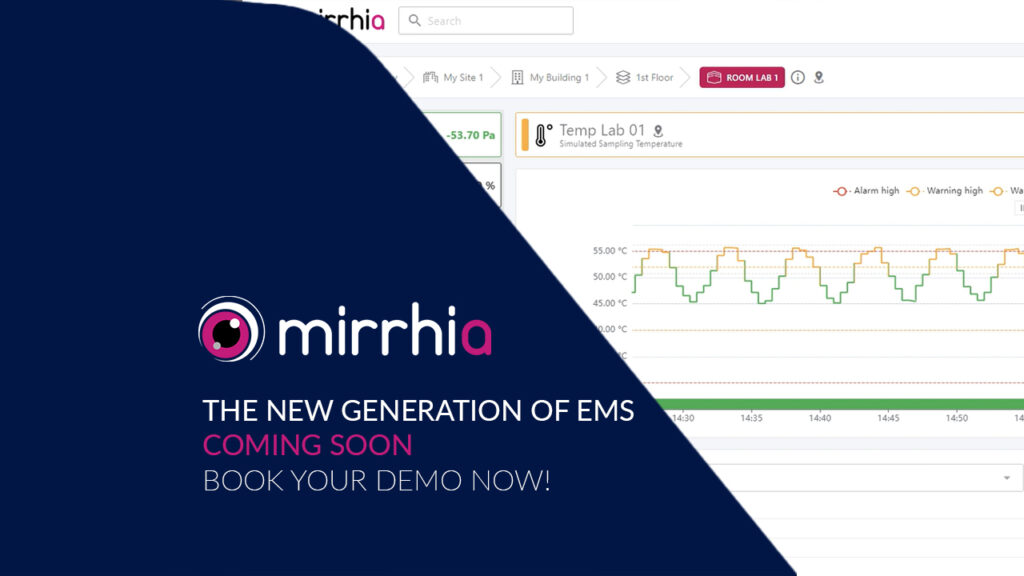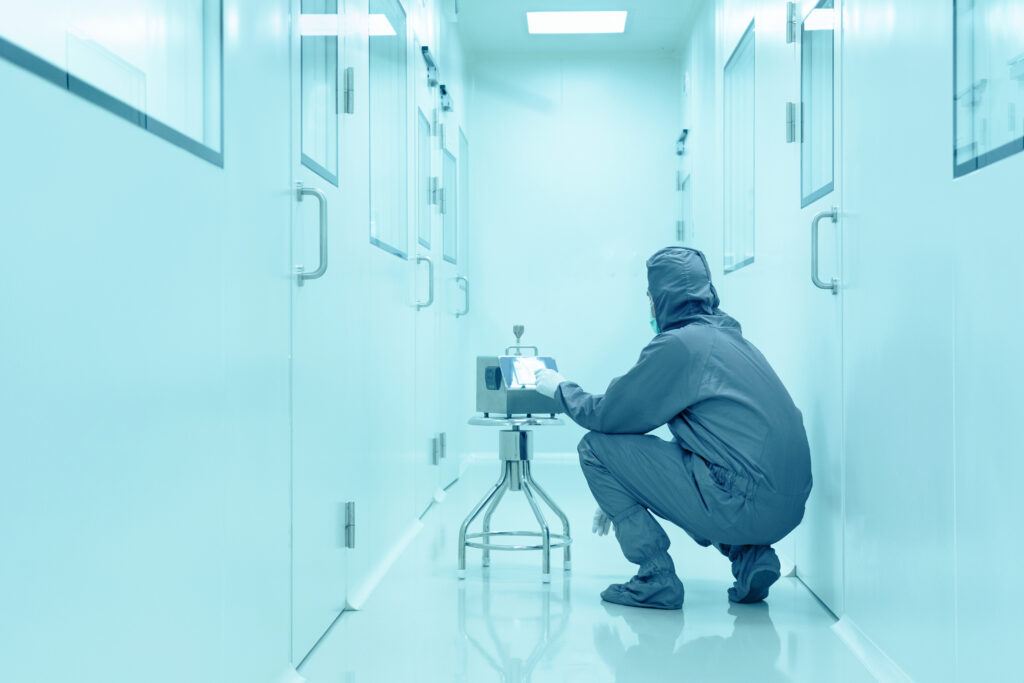LABGUARD® Migration
Do you want to keep your LABGUARD® equipment?
The problem of a lab manager is, without a doubt, having to replace all its equipment! Mirrhia gives you that breath of fresh air that allows you to integrate your Labguard 2 and Labguard 3D transmittors into your Mirrhia interface.
You can also extend your existing equipment by adding as many measurement points as you want.
bioMérieux’s teams did what they could possibly do but it’s over
You are aware that despite bioMérieux’s efforts following Adobe’s decision to discontinue Flash Player support at the end of 2020, the support for versions of LABGUARD® software that uses Adobe Flash Player Standalone (V1.3 / V1.4 / V1.5) will disappear at the end of June 2022. Same thing (but a bit later) for V2.0 users. Note that earlier versions are no longer supported.
In any case, it is time to migrate. But don’t panic! Mirrhia is ready to plan your transition with you.
With Mirrhia, you can breathe?
Yes, indeed !
But what will you do once they no longer work?
The good news is that if they no longer work or you want to replace it, there are obviously solutions for every case, a solution to suit your lab’s needs and your budget, your environment and your infrastructure. And that is beautiful!
With Mirrhia, you’re not limited to a range since Mirrhia offers this flexibility to interface with a multitude of transmitters.
A user’s choice to migrate with Mirrhia does not lock him down forever with just one product. Anything is possible (I told you). Our job is to allow the integration of new technology into our software without having a dependency on the transmitter manufacturer. Temperature monitoring, humidity monitoring, pressure monitoring, etc…
Radiofrequency or Wi-Fi? Between the two, my heart swings?
You know better than anyone what you need in your lab. I also know that you have your preferences or habits. And indeed, the choice of radio frequency or Wi-Fi is more a matter of the heart or rather, of sensitivity.
In general, the lower the communication frequency, the greater the range in the open. The higher the frequency, the more the range is reduced.
So a 2.4GHz Wi-Fi transmitter will have a range that will be less than a radio frequency transmitter at 868MHz, but if we come to position Wi-Fi transmitters in a laboratory that already has Wi-Fi coverage, we completely free ourselves from having to duplicate it and all of a sudden, we win from a deployment point of view.
A matter of habit! And then you know, the tastes and the colors!
Do you want to discover our catalog?
So, I invite you to contact us via our contact page. We will contact you as soon as possible (I promise) to show you our catalog.

Arrival of Etienne Van den Bogaert as Managing Director

Mirrhia 2.4 is coming

Data Integrity in The Pharmaceutical Industry

Laborama 2024

Laboratory Temperature & Humidity Monitoring

Particle Counters | Case Studies & EMS in Pharma

Particle Counting for Pharma

Particle Counting – Quality and Compliance
